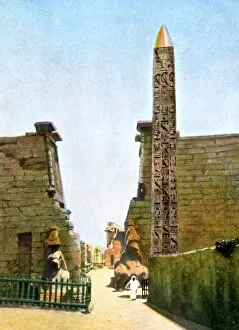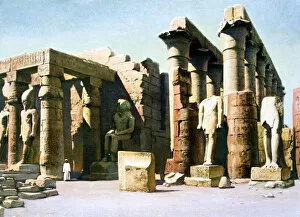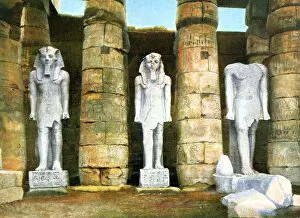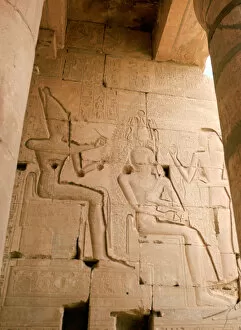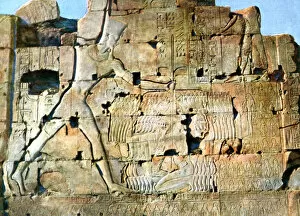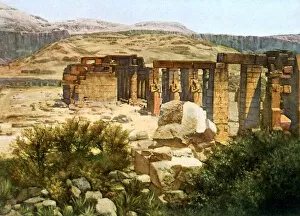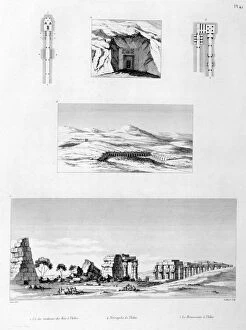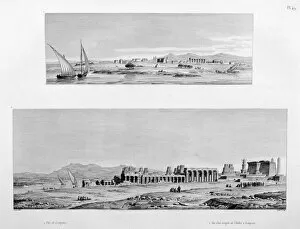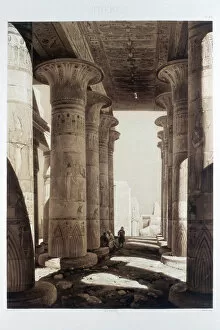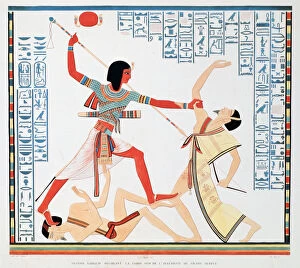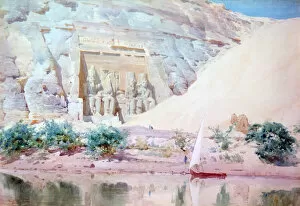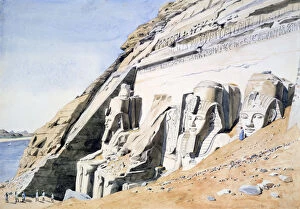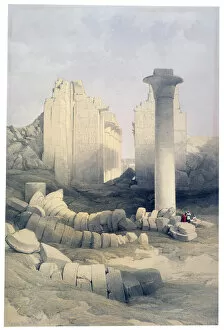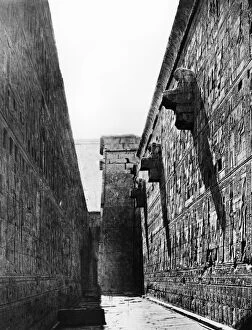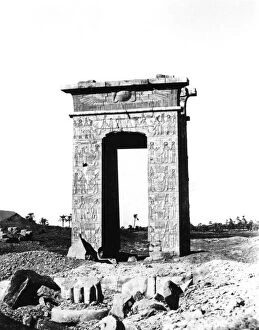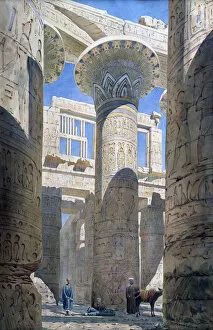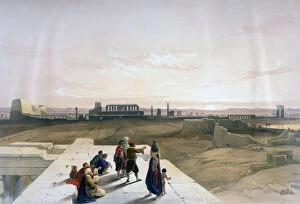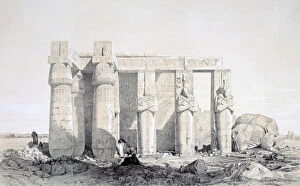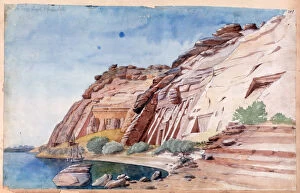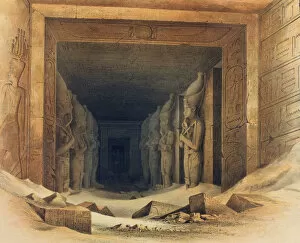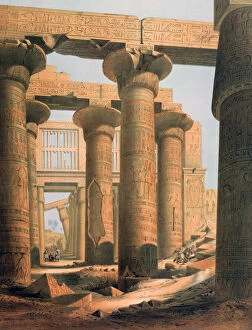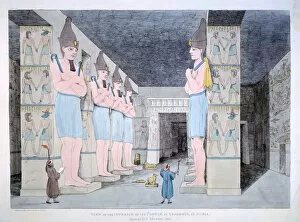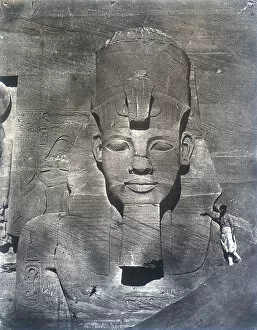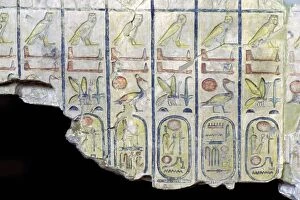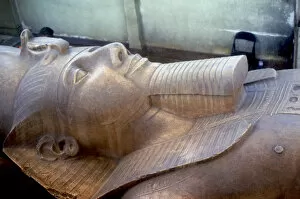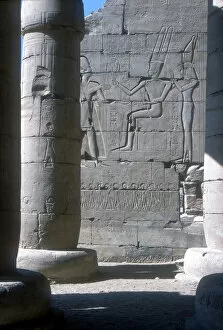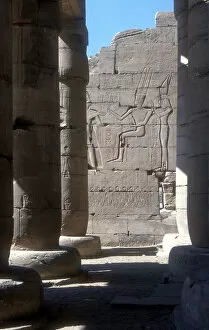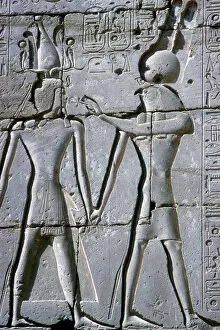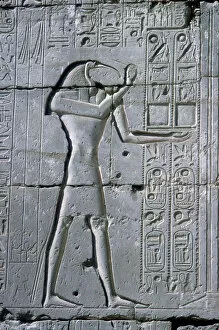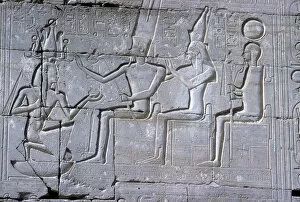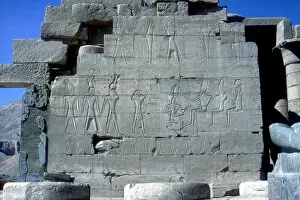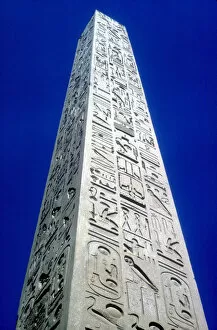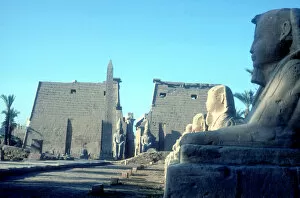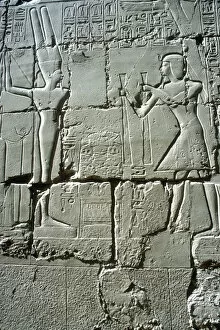Ramesses The Great Collection (page 3)
"Ramesses the Great: The Legendary Pharaoh of Ancient Egypt" Step back in time to the 13th century BC and witness the grandeur of Ramesses II
For sale as Licensed Images
Choose your image, Select your licence and Download the media
"Ramesses the Great: The Legendary Pharaoh of Ancient Egypt" Step back in time to the 13th century BC and witness the grandeur of Ramesses II, also known as Ramesses the Great. This mummy, belonging to the pharaoh of the 19th Dynasty of Egypt, holds secrets and stories that have captivated historians for centuries. In a stunning painting by Winifred Mabel Brunton, we see Rameses II depicted with Nefertari and Isis. This ancient Egyptian wall painting from a Theban tomb showcases his divine status and his connection to powerful deities. One cannot overlook Ramesses II's influence on architecture. At Karnak in Egypt, he is immortalized alongside the Tree of Life - a symbol of eternal renewal. His legacy lives on through these magnificent structures that still stand today. Even diplomacy was not beyond Ramesses' reach. In an intriguing image from Hutchinsons History of Nations, we witness him receiving a copy of his treaty with the Hittites. A testament to his political prowess and ability to maintain peace during turbulent times. The artifacts associated with this great ruler are equally impressive. A ring bearing Usermaatre-Setepenre (Ramesses II) reminds us of his royal lineage and authority over New Kingdom Egypt. Scarabs featuring Ptah, one displaying King Usermaatra Setepenra's name further emphasize his divine connections while showcasing intricate craftsmanship from this era. Traveling further afield, Ibsamboul takes us to Southern Du Speos D Hathor in Nubia where remnants of Ramesses' influence can be found even outside Egypt's borders. Jerusalem offers another glimpse into history as we explore Arcades Inferieures De L Eglise Du Saint-Sepulcre; Palestine - reminding us that Ramesses' power extended far beyond traditional boundaries.

